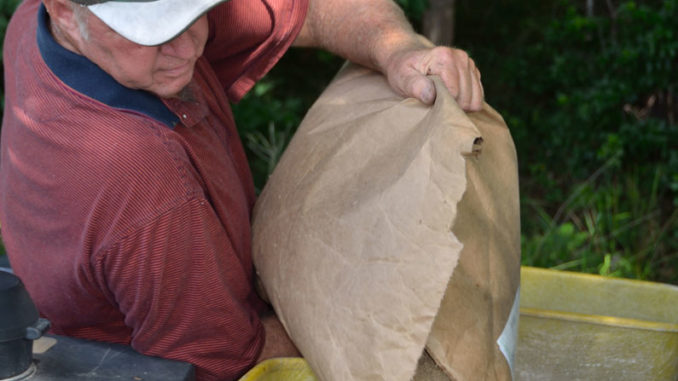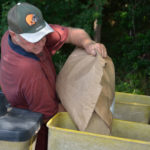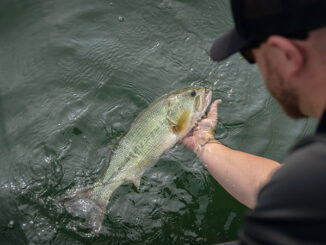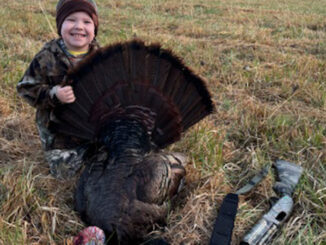
October plantings provide immediate returns
While many landowners have buried their seeds, there is still a large percentage of open dirt on hunting properties lacking fall crops for one reason or another. Even though planting early in September can produce a viable food source for deer earlier, waiting until the arrival of fall conditions can bring a better end game under certain circumstances.
Since food plots are entirely planted from seed, the early stages of growth immediately after germination are a critical moment in a plant’s life cycle. All plants need nutrients, water and sunlight, but too much water or sunlight can cause more harm than good. Excessive flooding from a hurricane or tropical storm is never good for any non-aquatic plant, and hurricane season is usually in full force all through September.
However, too much water from a tropical storm or hurricane is generally not the greatest concerns of a fall food plot. The potential for an early food plot to fail due to hot, dry weather is a real concern and should be taken into consideration when planting.
Fall food plots are extremely vulnerable to both premature usage and the hot and dry condition of late summer in the Carolinas. The tender roots and delicate foliage require moisture to survive through this difficult phase. Desiccation from lack of significant soil moisture is a plot killer for food plots planted too early when summer hangs on.
With the exception of brassicas, fall plantings for deer are typically comprised of peas, white clover and a variety of cereal grains, such as winter rye, oats and winter wheat. These plants provide deer with immediate forage and can typically withstand heavy foraging early. As long as soil moisture is adequate and the soil chemistry is favorable — with a liberal fertilizer treatment — deer can hammer these crops as soon as they sprout through the soil’s surface. They will take off if optimum conditions are available.
Soil moisture can be a real problem on drier sites when food plots are planted too early in the season. Monitoring soil moisture and planting when conditions are the most favorable will offer food plots the best shot at producing thick and lush plots.
Luckily, the Carolinas rarely see substantial cold weather until the last few weeks of the season or just shortly afterwards — if at all. The chance of food plot being destroyed by cold weather early in its life cycle is not very likely.
Some food-plot plants are more suited for a late- season planting, like rape, turnips and other brassica varieties. These plants require a hard freeze to help wildlife. Before a hard freeze, most brassicas will be bitter and won’t get much usage. Brassica plantings are suited for a late-season food source when foliage is sugar rich and other food plots have lost their luster.
Beyond soil moisture, an October planting can provide deer with immediate benefits just as the massive conglomeration of local agriculture crops have been harvested and tilled back into the soil.
Even though an October planting may categorize many hunters as procrastinators, they have true benefits and should be considered every year in the hot, arid southeast.







Be the first to comment